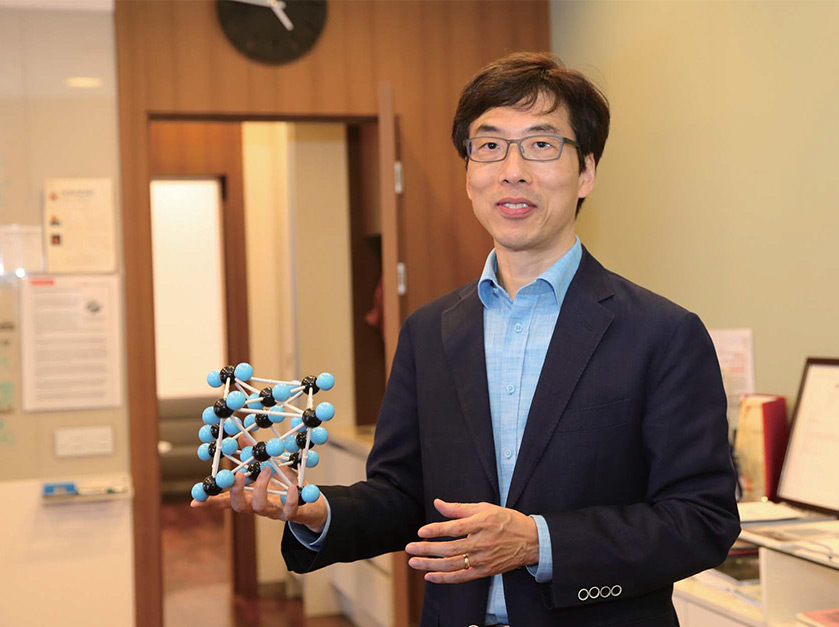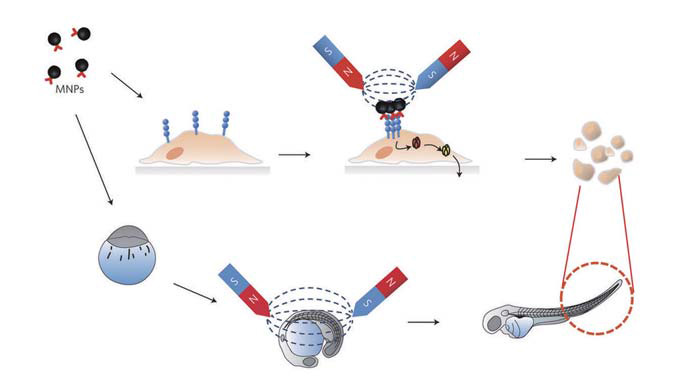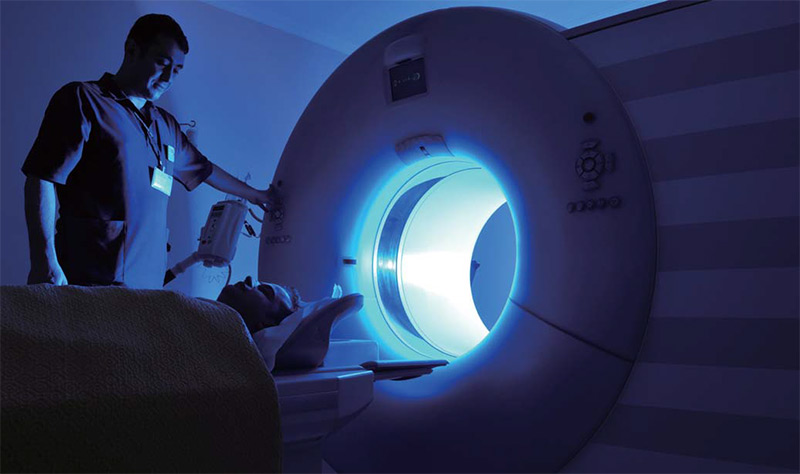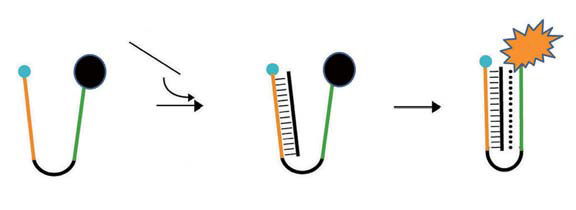주메뉴
- About IBS 연구원소개
-
Research Centers
연구단소개
- Research Outcomes
- Mathematics
- Physics
- Center for Underground Physics
- Center for Theoretical Physics of the Universe (Particle Theory and Cosmology Group)
- Center for Theoretical Physics of the Universe (Cosmology, Gravity and Astroparticle Physics Group)
- Dark Matter Axion Group
- Center for Artificial Low Dimensional Electronic Systems
- Center for Theoretical Physics of Complex Systems
- Center for Quantum Nanoscience
- Center for Exotic Nuclear Studies
- Center for Van der Waals Quantum Solids
- Center for Relativistic Laser Science
- Chemistry
- Life Sciences
- Earth Science
- Interdisciplinary
- Center for Neuroscience Imaging Research (Neuro Technology Group)
- Center for Neuroscience Imaging Research (Cognitive and Computational Neuroscience Group)
- Center for Algorithmic and Robotized Synthesis
- Center for Genome Engineering
- Center for Nanomedicine
- Center for Biomolecular and Cellular Structure
- Center for 2D Quantum Heterostructures
- Center for Quantum Conversion Research
- Institutes
- Korea Virus Research Institute
- News Center 뉴스 센터
- Career 인재초빙
- Living in Korea IBS School-UST
- IBS School 윤리경영


주메뉴
- About IBS
-
Research Centers
- Research Outcomes
- Mathematics
- Physics
- Center for Underground Physics
- Center for Theoretical Physics of the Universe (Particle Theory and Cosmology Group)
- Center for Theoretical Physics of the Universe (Cosmology, Gravity and Astroparticle Physics Group)
- Dark Matter Axion Group
- Center for Artificial Low Dimensional Electronic Systems
- Center for Theoretical Physics of Complex Systems
- Center for Quantum Nanoscience
- Center for Exotic Nuclear Studies
- Center for Van der Waals Quantum Solids
- Center for Relativistic Laser Science
- Chemistry
- Life Sciences
- Earth Science
- Interdisciplinary
- Center for Neuroscience Imaging Research (Neuro Technology Group)
- Center for Neuroscience Imaging Research (Cognitive and Computational Neuroscience Group)
- Center for Algorithmic and Robotized Synthesis
- Center for Genome Engineering
- Center for Nanomedicine
- Center for Biomolecular and Cellular Structure
- Center for 2D Quantum Heterostructures
- Center for Quantum Conversion Research
- Institutes
- Korea Virus Research Institute
- News Center
- Career
- Living in Korea
- IBS School
News Center
| Title | Nanotechnology in Medicine – Saving Lives | ||||
|---|---|---|---|---|---|
| Name | Department of Communications | Registration Date | 2015-12-01 | Hits | 4062 |
| att. |
 thumb.jpg
thumb.jpg
|
||||
|
Nanotechnology in Medicine – Saving Lives Director Jinwoo Cheon Center for Nanomedicine In early 2016, construction of a four-story research building with a budget of more than 10 billion won (approx. 9 million US dollars) will begin at the Sinchon campus of Yonsei University in Seoul. The architectural design for the building is currently underway. This new building which will house the Center for Nanomedicine a new IBS Center, will facilitate collaborations among some of the world’s leading scientists and also nurture young researchers to lead the future global scientific community. It is rare for a university to build a research facility for a single professor. This means that Yonsei University’s expectations are high for Director Jinwoo Cheon, who is the first Yonsei professor to become an IBS Director.
“There is a lot of work to be done because we are going to make the building not just for research but also a scientific communication plaza for innovative ideas as well. We will also provide the best scientific environment to Yonsei researchers and visitors so that they can have a special experience and share it with others. Above all, the IBS building is oriented towards interdisciplinary research. In order to realize true convergence and gather people from various fields, we need to have the right building design and research facilities,” said Director Cheon. Research on nanoparticles for cancer treatment and “nanoswitches” that control biological processes
Director Cheon is one of the world’s most renowned researchers in nanoscience, which focuses on materials at the nanometer (1 nm = 1 billionth of a meter) level. Nanoscience has already been applied in almost all scientific fields, including chemistry, physics, biology, and materials engineering. For the past decade, Director Cheon has also pioneered “nanomedicine” with his innovative approaches. Director Cheon said, “Nanomaterials can communicate with each cell in the human body. If we could develop nanomaterials that target somatic cells such as nerve cells, skin cells, and vascular cells, we could better understand numerous diseases and disorders and then potentially treat them in more effective ways" Recognition from Korea and Abroad
In recognition of his achievements in the field of nanomedicine, Director Cheon has received a series of major Korean science awards, including the Inchon Prize in 2011, the ChungAm Prize in 2012, and the Hoam Prize in 2015. “My colleagues were offered jobs one after another, but I fell short of my expectations. Since I really wanted to work at academia, Iwent to see my supervising professor to ask if I could get a job at one of the niversities in the U.S. He said that, given my research achievements, it would possible for me to get a job, but not likely at a top-class U.S. university
“In publishing my research papers, I came to realize that the word ‘first’ is most important. Anyone can conduct research. But there is no way to keep your job as a professor if you do not make new research progress. Therefore, if you started your career as a scientist, you must have an ambition to achieve something new and better than what anyone else has done,” explains Director Cheon. There is other evidence to demonstrate Director Cheon's knack for finding breakthroughs in new fields of reasearch: "In 2000, my research team found that the shapes of quantum dots, which are nanometer-size light-emitting semiconductor crystals, could be easily controlled. However, there was an eminent American team whose research was at least six months ahead of ours. Although I was sure that quantum dots would become a breakthrough material in the field of display technology, I simply gave up on my research on quantum dots and decided to develop new materials with different properties instead of trying to catch up research teams ahead of us. In the world of science where talented researchers are striving to create stateof-the-art technology, it is not easy to eliminate a gap of even six months. That’s why I came to focus on new topics of magnetic nanomaterials and also nanomedicine, which, in fact, had high growth prospects despite the lack of attention they received at that time.” “To be remembered as a pioneer in a new field of science” Director Cheon moved from KAIST to Yonsei University for a very specific reason. Although he had done important work at KAIST and became a rising scientist thanks to their support, Yonsei is his alma mater and also has an important advantage that he could not resist: a world class medical school. Of course, Director Cheon is not a medical doctor. In the new field of nanomedicine, however, collaboration with medical scientists is of great importance because new technologies must be extensively tested for their suitability in the human body before they can be released. In this context, Director Cheon defines nanomedicine as, “interdisciplinary convergence research that forms a bridge between nanoscience and life.” |
|||||
| Next | |
|---|---|
| before |
- Content Manager
- Public Relations Team : Yim Ji Yeob 042-878-8173
- Last Update 2023-11-28 14:20















